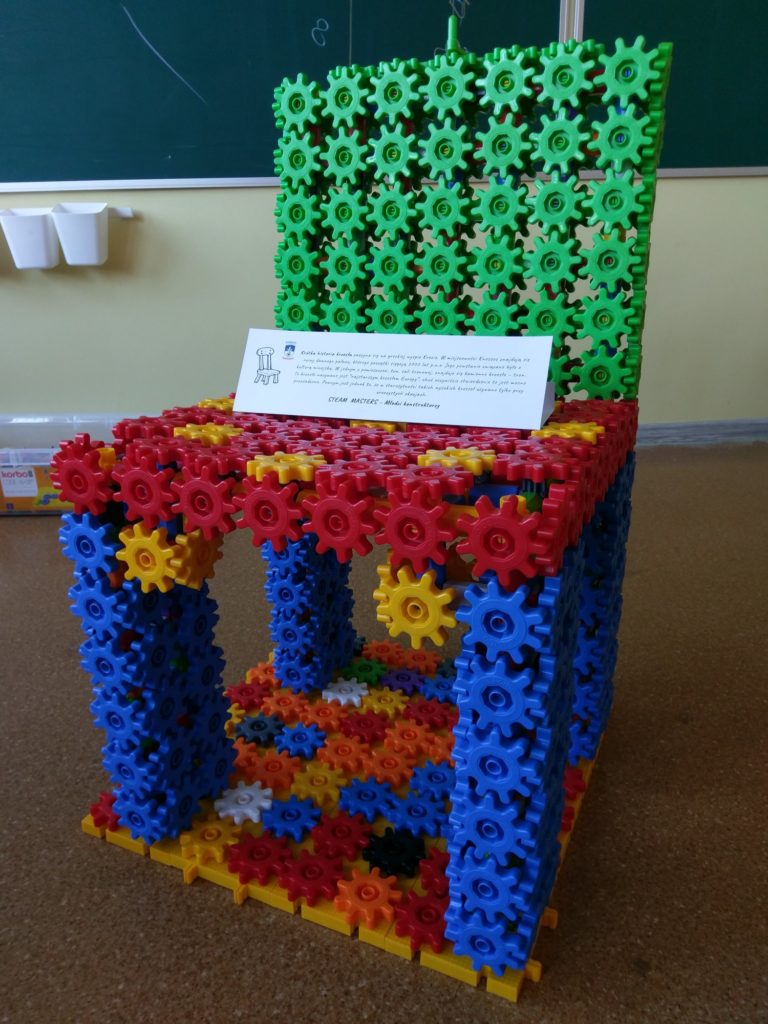Teambuilding activities with Korbo
Korbo is a great tool for shaping soft skills, including ability to work in a team, negotiation skills and development of creativity.
When organizing exercises developing teamwork skills, it is good to plan them based on the project method. At the very beginning, it is good to offer the groups / team to work on creating a simple element, e.g. furniture. (table chair).
In order to plan the classes well, it is worth focusing on a few basic aspects of the lesson. First, however, it is worth dividing the children into groups, finding a place for each of them in the classroom. It is good to present the purpose of the lesson to everyone, e.g. “Today we will build chairs in groups”
It is good to further organize the work in three points:
- planning (what we want to build and how we will do it)
Before we start construction, it is important to plan this process well. Here, of course, you can pick up construction elements, analyze the methods of joining, and estimate the amount of material needed. The group should jointly determine the organizational issues of the construction, e.g .:
a) a general outline of the project and its concretization, e.g. chair – what kind? (how many legs it has, what should it look like, what backrest, what patterns of legs, seats etc.)
b) the height of the structure, its color and shape
c) division of duties – constructors, builders. It’s also good to create additional groups of tasks, e.g. searchlights (looking for specific blocks in colors) / feeders (passing blocks) etc.
- execution (construction)
The construction process should be very well planned. Thanks to prior planning, the construction process will be much better organized and more effective. Students have a designated workplace for the construction of their structure.
- summary (i.e. what has been successful and what can be improved next time)
The presentation of the project and its summary is a very important element in teamwork. Teams can see the result of their work. They also have a number of experiences that can certainly help in future work. It is therefore a good idea to discuss the task first in groups and then between groups.
a) What happened?
b) What was unnecessary?
c) What could be changed, improved next time?
And here is one of the structures created during the lessons at the Kuźnica Primary School for Boys in Katowice. Students were building a chair in one class. They were divided into groups – each group constituted one element.
a) Group 1 and 2 – chair legs (the groups also had to determine the parameters of the legs together)
b) Group 3 – seat
c) Group 4 – backrest
In the planning process, the groups also had to establish issues common to all (width of the seat – backrest, leg connection, etc.)

See other construction ideas from teambuilding activities
